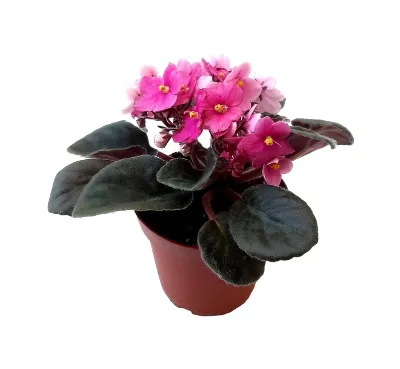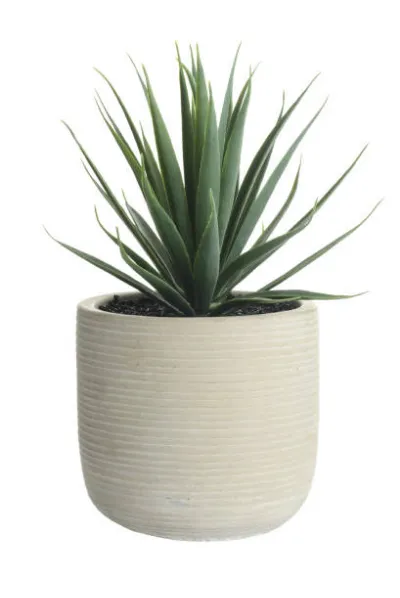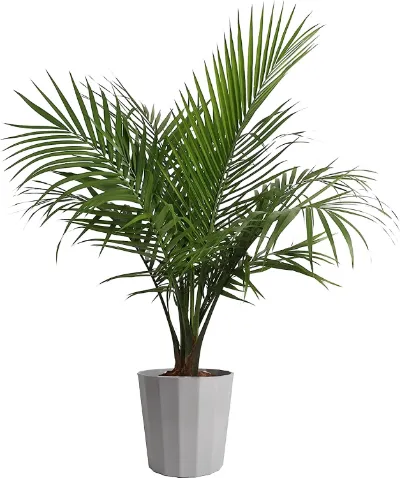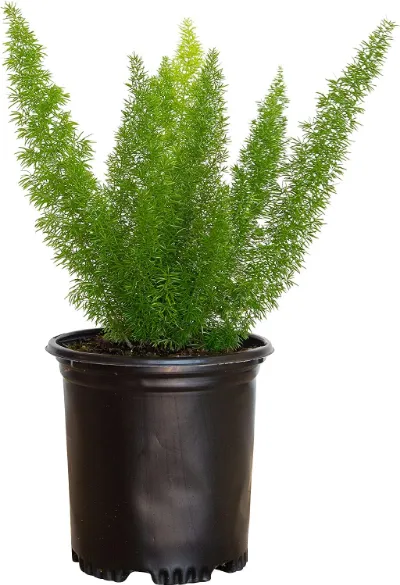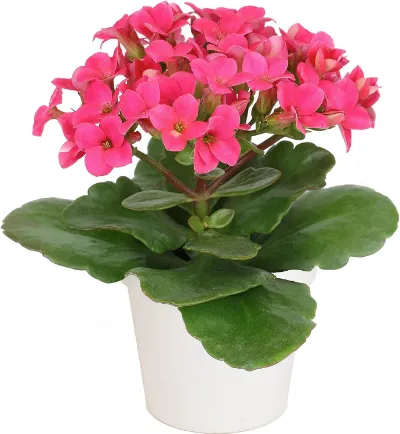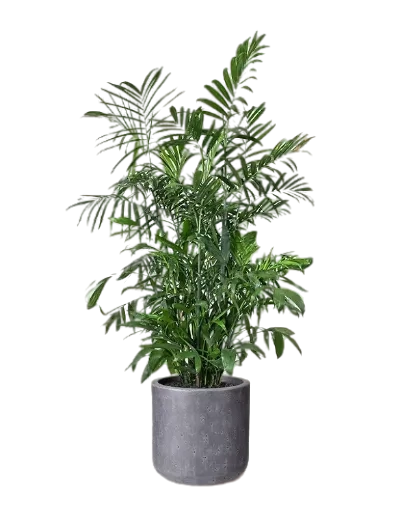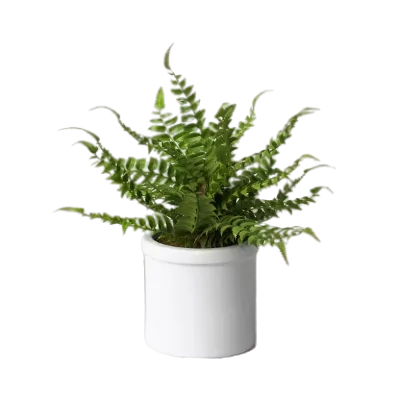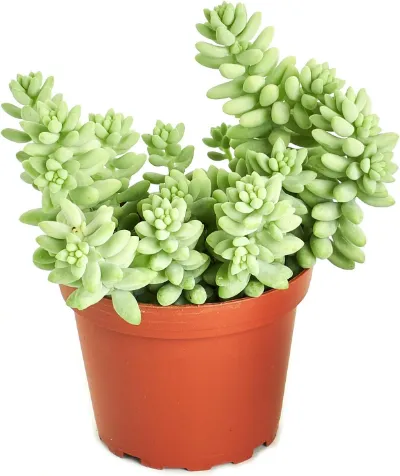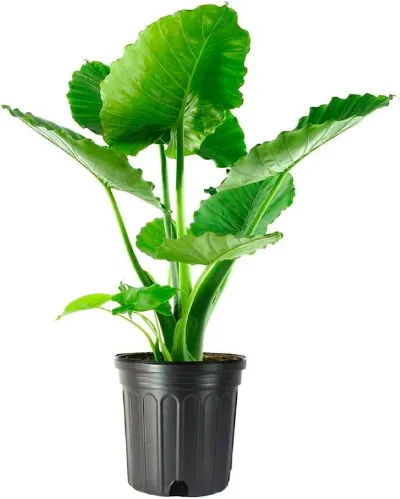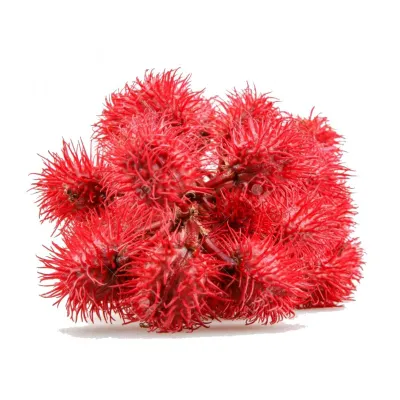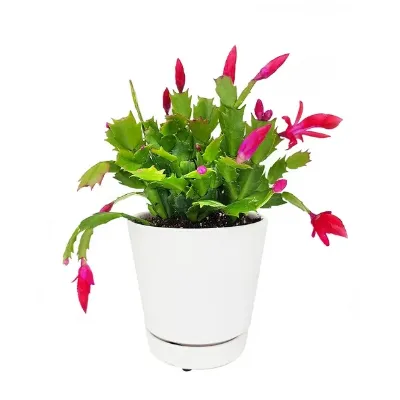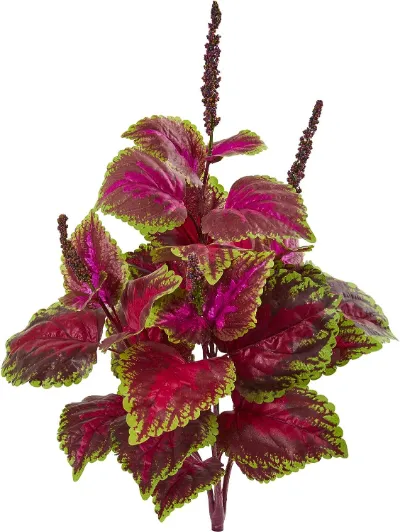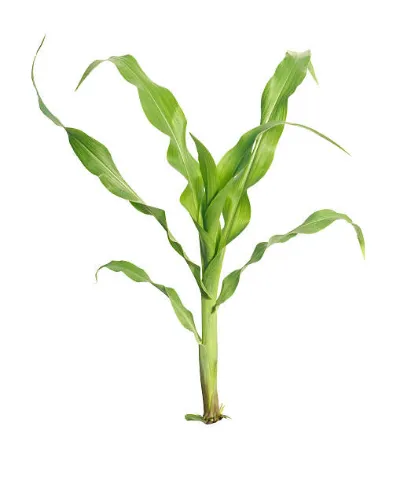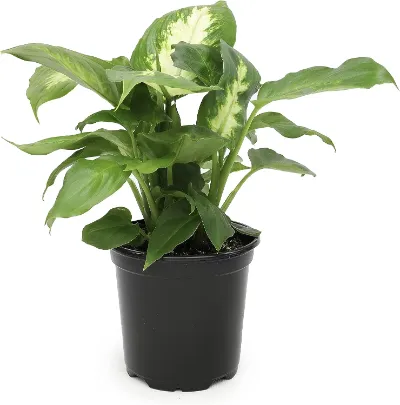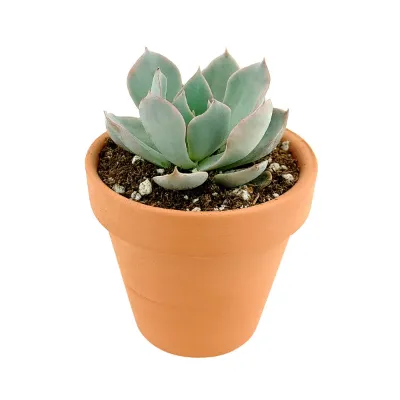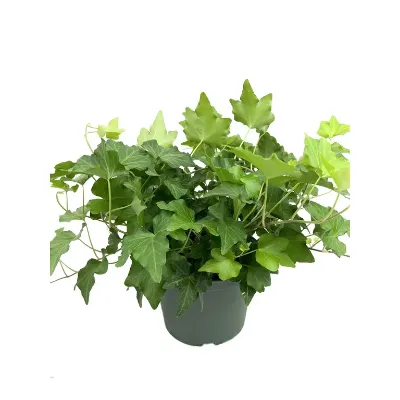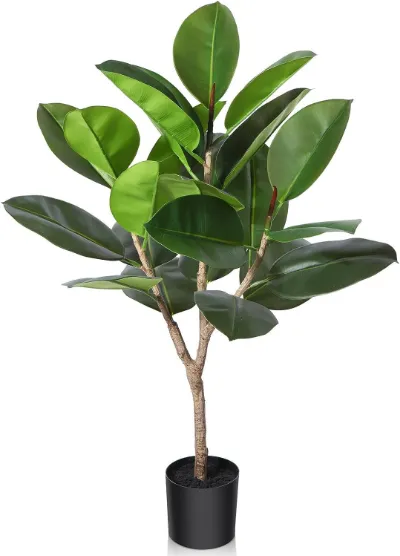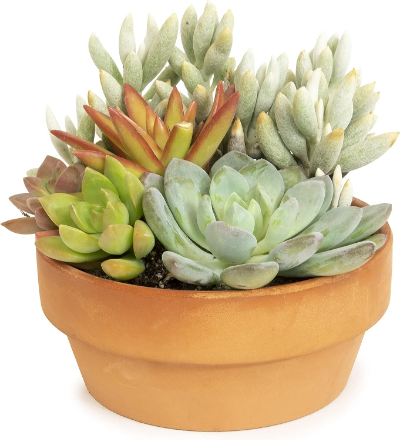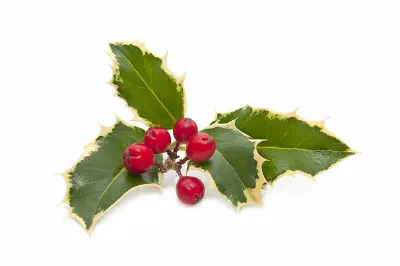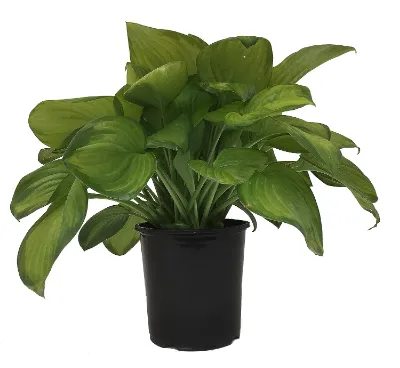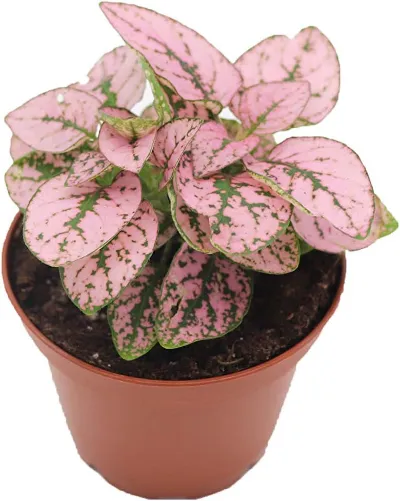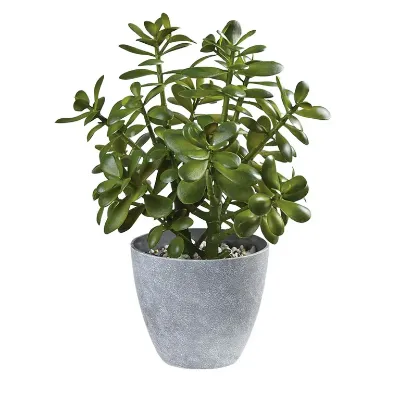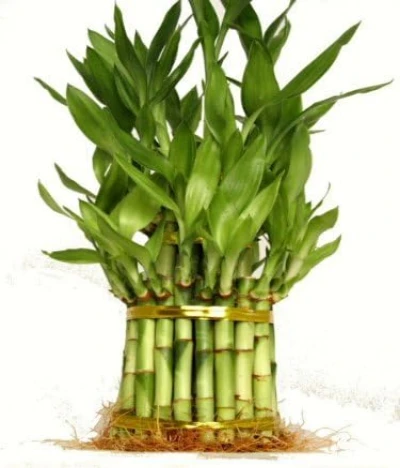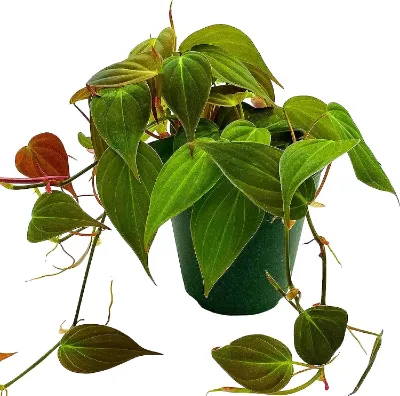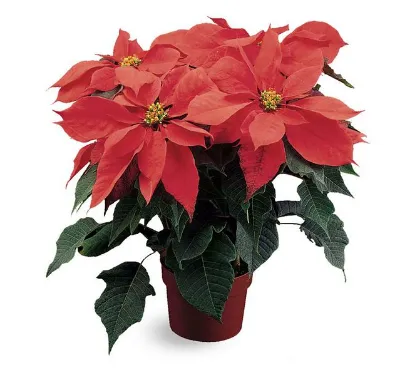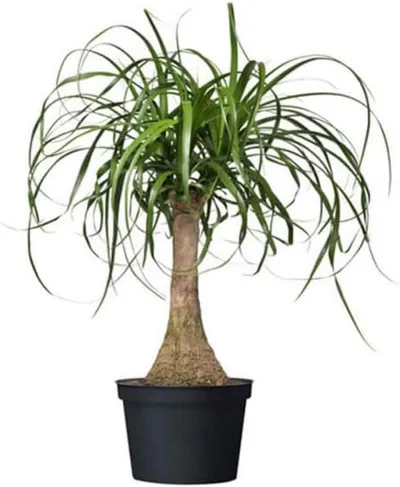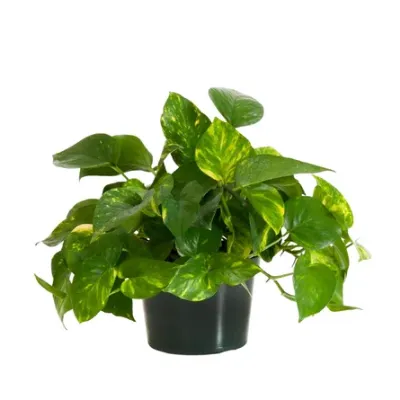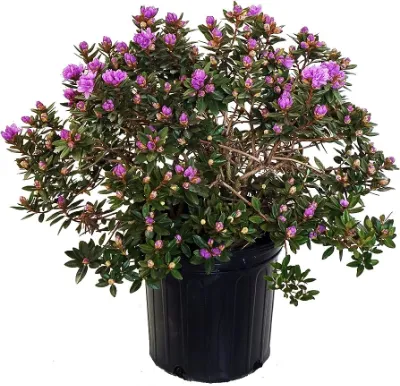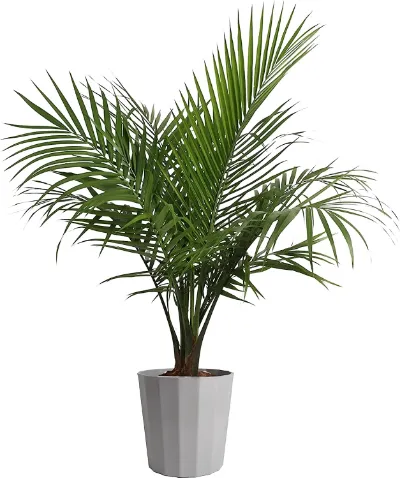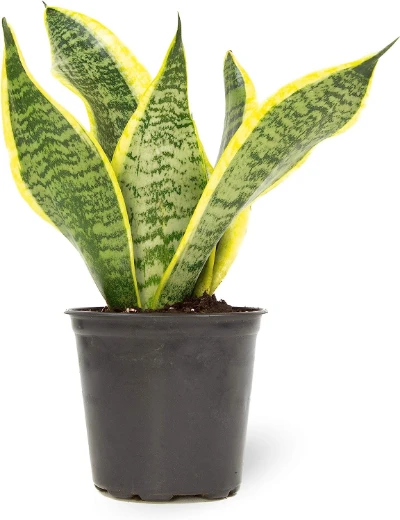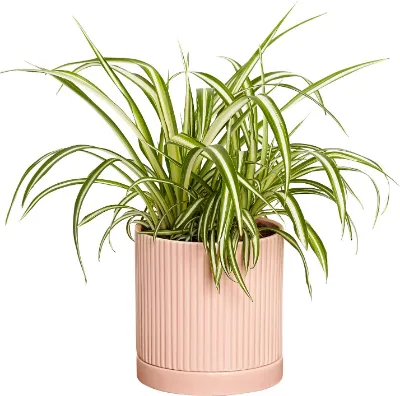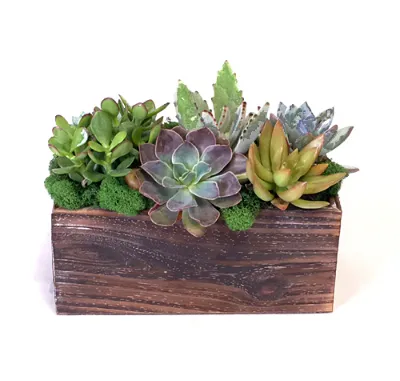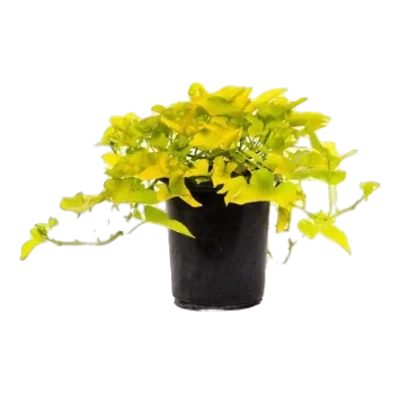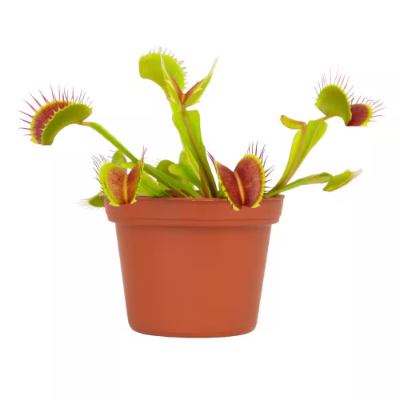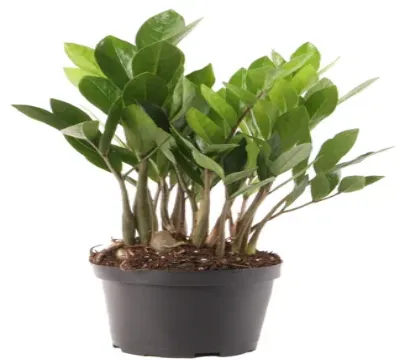list of plants toxic and safe to cats
We have prepared for you the largest list of plants toxic and non toxic to cats
List of toxic and non toxic plants to cats
Poisonous Plants to Cats
Common plants that are toxic to cats and should be avoided:
Lilies (Lilium spp. and Hemerocallis spp.): Many varieties of lilies, including Easter lilies, tiger lilies, and daylilies, are highly toxic and can cause kidney failure in cats.
Pothos (Epipremnum aureum): Pothos plants contain compounds that are toxic to cats and can lead to gastrointestinal issues if ingested.
Dieffenbachia: This plant contains calcium oxalate crystals that can cause severe oral irritation, swelling, and difficulty swallowing.
Sago Palm (Cycas revoluta): All parts of the sago palm are highly toxic and can lead to severe liver damage or even death if ingested by cats.
Philodendron: Philodendrons contain calcium oxalate crystals, causing oral irritation, vomiting, and other symptoms if consumed.
Dracaena: Some species of dracaena can cause vomiting, drooling, and other gastrointestinal symptoms in cats.
Oleander (Nerium oleander): Oleander is highly toxic and can affect the heart, causing serious health issues or even death in cats.
Autumn Crocus (Colchicum autumnale): Ingesting this plant can lead to severe gastrointestinal symptoms, kidney and liver damage, and even death.
Azalea/Rhododendron: Both azaleas and rhododendrons contain substances that can cause vomiting, diarrhea, drooling, and more severe symptoms.
Yew (Taxus spp.): Yews are extremely toxic, affecting the heart and nervous system and often leading to sudden death in cats.
It's crucial to be vigilant about the plants you have in your home if you have a cat, as even a small amount of ingested toxic plant material can have serious consequences. If you suspect your cat has ingested a poisonous plant, contact your veterinarian or an emergency pet poison hotline immediately.
Plants Safe For Cats
Many plants can be toxic to cats if ingested, so it's essential to be cautious about the types of plants you have in your home if you have a feline friend. Here's a list of some common plants that are generally considered safe for cats:
Spider Plant: Spider plants (Chlorophytum comosum) feature long, arching leaves with a striped pattern. They're easy to care for and can help purify indoor air.
Boston Fern: Boston ferns (Nephrolepis exaltata) have feathery fronds that add a touch of elegance to your space. They thrive in humid environments and can be a charming addition.
Areca Palm: Areca palms (Dypsis lutescens) are known for their graceful fronds and can bring a tropical vibe indoors. They're safe for cats and contribute to better air quality.
Bamboo Palm: Bamboo palms (Chamaedorea seifrizii) are compact and pet-friendly, making them a popular choice. Their lush foliage can enhance the aesthetic of any room.
Calathea: Calatheas (Calathea spp.) are prized for their striking foliage patterns. They're safe for cats and can be an artistic addition to your plant collection.
Peperomia: Peperomias (Peperomia spp.) come in various leaf shapes and textures. Their small size makes them ideal for indoor spaces, and they're safe for curious cats.
African Violet: African violets (Saintpaulia spp.) produce delicate, colorful blooms that brighten up indoor settings. They're nontoxic and relatively easy to care for.
Christmas Cactus: Christmas cacti (Schlumbergera spp.) are festive plants that bloom during the holiday season. Their vibrant flowers bring joy, and they're safe for cats.
Phalaenopsis Orchid: Phalaenopsis orchids (Phalaenopsis spp.) are elegant, long-lasting flowers that can add a touch of sophistication to your space. They're considered safe for cats.
Herbs (Mint, Thyme, Rosemary, etc.): Many culinary herbs like mint, thyme, and rosemary are safe for cats and can be grown indoors. They provide fresh flavors for cooking and a safe environment for your pet.
Remember to always monitor your cat's interaction with plants and remove any potential hazards.

